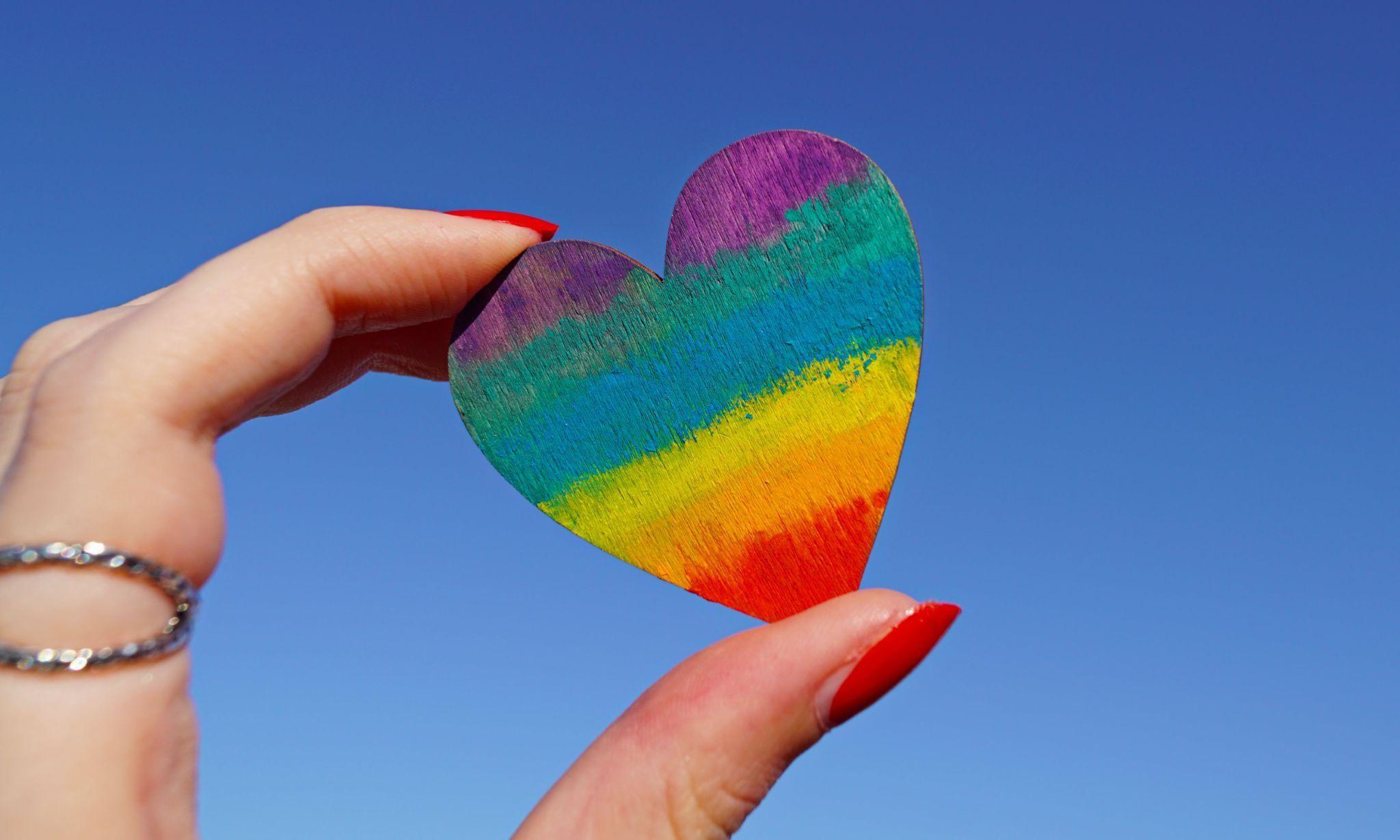We’re all aware of the exciting potential presented by new technology but understanding exactly what can be done with it is sometimes less obvious.
RFID is one such technology; while you may have heard of it, you might not be too clear on the different ways you can incorporate it into your events. RFID (radio frequency identification), and its cousin NFC (near field communication), both employ radio signals for all sorts of tagging and tracking purposes.
In everyday life, RFID is used for things like pet security chips and motorway toll tags, while NFC can be used for contactless payment. To appreciate how this technology can be harnessed at live events, check out these 5 cool examples from around the world.
Download: The Event Organiser’s Comprehensive Guide to RFID Technology
1. Ray-Ban’s Smart Table
Ray-Ban wanted all eyes to be on its stand when it exhibited at the Vision Expo East trade show in New York City. The glasses brand partnered with Float Hybrid to develop an RFID-enabled Smart Table.
Visitors to the expo could place any of Ray-Ban’s new glasses onto the table, and see product information for that pair of glasses appear on a touch screen display. Users could then opt to learn more, navigating the touch screen for information on the different Ray-Ban campaigns or new product launches.
The Smart Table also supported a feature that helped retailers choose the most optimal shelf assortment for product displays, enabling them to view recommended planograms based on attributes like door size and eye-wear type.
2. Tomorrowland’s Smart bracelets
Attracting more than 200,000 attendees, Tomorrowland, an electronic music festival held in Boom, Belgium, needed an efficient way to manage access. They opted for RFID bracelets to grant entry and to facilitate cashless payments on-site.
Tomorrowland 2017 was a completely cashless festival, utilising its own currency ‘Pearl’. Attendees had to pre-load their bracelets to be able to purchase food, beverages and merchandise at the venue.
The smart bracelets were also utilised at the festival’s eight live broadcast events in locations around the globe. The bracelets stored each ticketholder’s personal details, making them non-transferable and helping the promoter avoid secondary ticket sales.
The extra security this offered also benefitted the organisers when a fire broke out on the main stage at the Festival’s Barcelona event and all 22,000 people had to be evacuated. With integrated ID, the bracelets meant attendees could be easily accounted for.
3. Magic keys at Gulliver’s Gate
Gulliver’s Gate, a brand new attraction in New York, recreates the world’s highlights in miniature. A model village on a grand scale, it includes monuments like the Eiffel Tower and Taj Mahal, as well as 10,000 vehicles and more than 100,000 people.
RFID technology has been cleverly used to bring it all to life; visitors are given a key with a RFID sensor which, when inserted into an interactive station, activates part of the scene with movement or sound. More than 1,000 trains run, aeroplanes take off and ‘fly’ and minuscule chickens peck at the ground.
Also worth a mention, is the ingenious use of 3D printing at Gulliver’s Gate. Visitors can step into a 3D body scanner to be photographed simultaneously by 128 Canon DSLR cameras. They then receive a tiny model of themselves in the post to keep, while an even smaller one will be added to the exhibit in a location of their choice.
4. Smart Health & Safety at Osheaga and ÎleSoniq Festivals
To increase attendee safety at its events, Evenko, the promoter behind Canadian music festivals Osheaga and ÎleSoniq, realised it could utilise an existing tool – its RFID wristbands.
The bands, already used to grant access to hundreds of thousands of ticketholders at their events, could also be used to store health details. When attendees register their wristbands this year they will be asked to include information like allergies and emergency contacts.
The move follows negative press for the promoter around not doing enough to protect vulnerable attendees. It came after a woman said her drink was drugged but she was brushed off when she reported her concerns to security staff. A subsequent study by Montreal Women’s Council found that 56% of women who attend festivals said they had been sexually harassed.
In addition to collecting the emergency information, Evenko will deploy ‘Hirondelles’ — a trained safety team to roam the festivals and look for anyone in need of assistance.
5. Smart tracking at the OAAA Conference
The Outdoor Advertising Association of America (OAAA) aimed to practice what it preaches at its annual conference in New Orleans; integrating technology to enhance consumer interactions beyond simply viewing signs and billboards.
It combined three kinds of radio frequency technologies – RFID, NFC and UHF (ultrahigh frequency) – into a smart-badge registered with each individual’s name and company.
As well as giving conference-goers a personalised greeting as they entered the venue, they could use the badge to interact with conference-based content using their own mobile devices.
They simply tapped their phone next to an NFC tag to automatically open a website, where they could access an event agenda and social media feeds. The system could also provide area information, such as local restaurants and weather – all without the necessity to download an app.
In the meantime, the RFID system provided the OAAA with analytic information regarding traffic flows through its conference, enabling it to better strategise the layout of show floors in the future.
Conclusion
Radio frequency technology has an array of exciting applications at live events that will make them not only more fun and interactive for the attendee, but a whole lot easier to manage for the organiser.
You can discover how Eventbrite’s own RFID entry management solution was deployed at SnowGlobe music festival in California to eliminate long queues, box office issues and ticket fraud.




